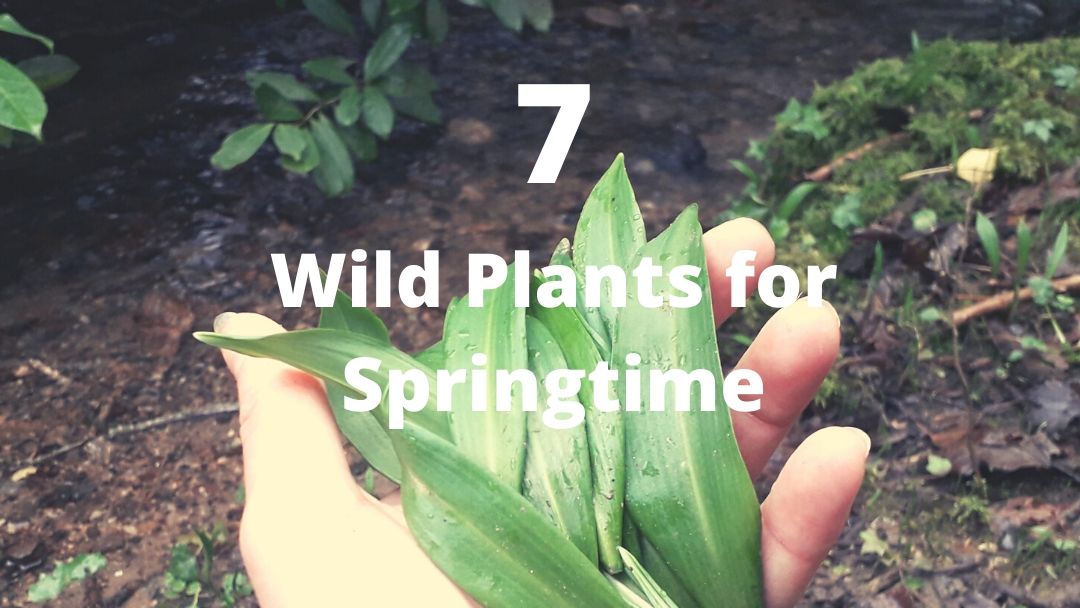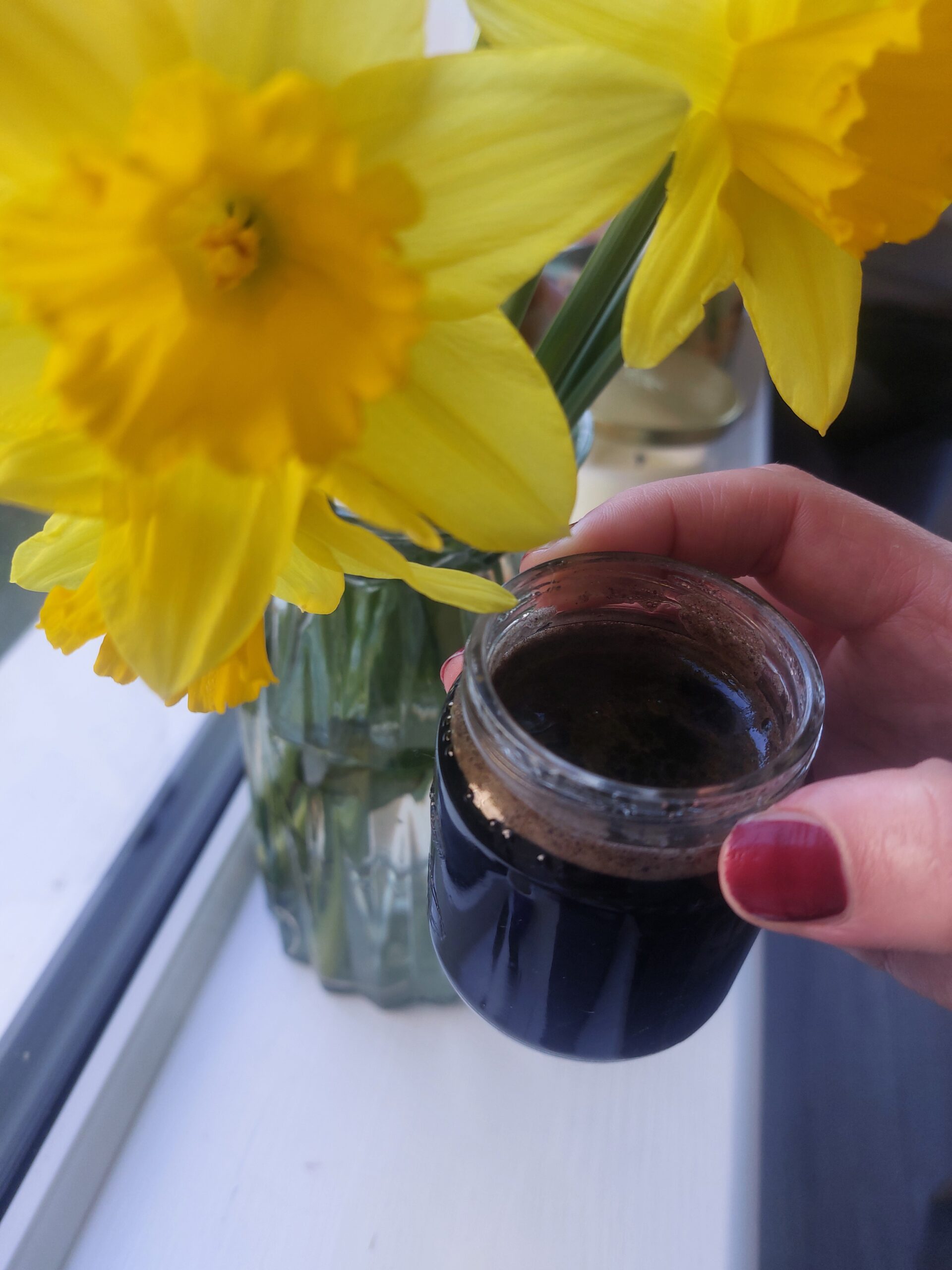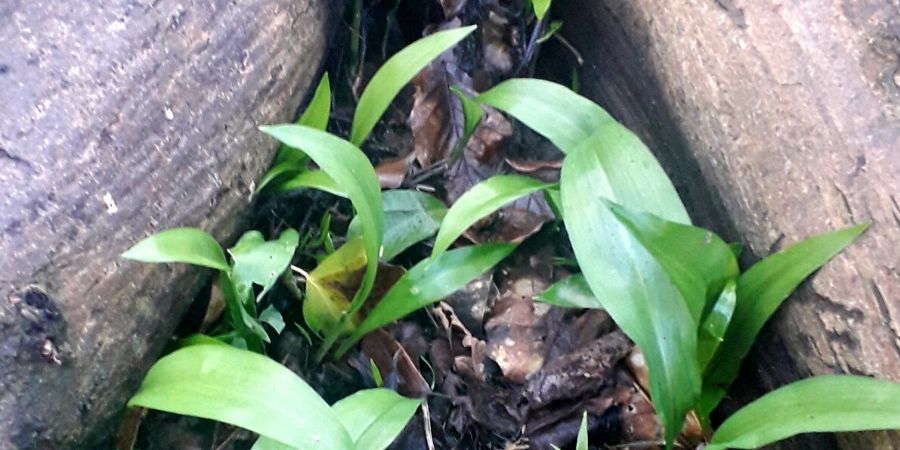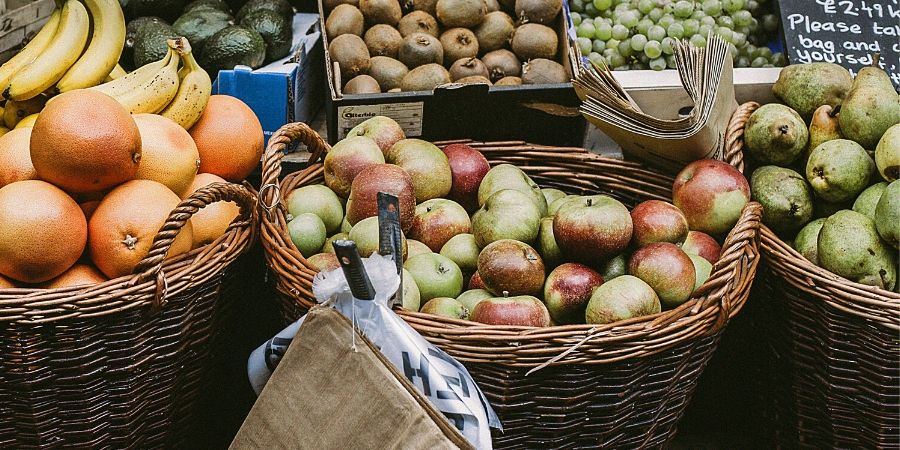There are wild treats to be found throughout the year but as we make our way into the Spring months the forests start to come alive. In February the snow capped slopes will start to appear green again and we can venture outdoors to get closer to nature.
So what’s in season at this time of the year. Foraging in February is fruitful if you know what to look for and where to find them.

Hairy Bittercress
A common plant that grows year round and is the perfect replacement for cress or rocket in your salad dishes. Pick the leaves when young; February is an ideal time of year to collect these.
Nettles
This versatile stinging leaf is one of the most undervalued wild edibles around. From warming nettle soup to fresh nettle pesto there are so many ways to use this ingredient in Springtime.
Pennywort
Another underestimated small plant is pennywort. Often found crowded at the sides of forests and trees, this wild gem is said to help lower blood pressure. Eat it raw in salads or add it to dishes like you will find is some cuisine of Sri Lanka.
Wild Garlic
You will find this pungent plant growing in large patches in dense forests. Both the leaves and flowers are edible and chefs around the world will be out and about for wild garlic season. Follow your nose instead of your eyes for this wild plant as the smell will guide you to its location.
Watercress
As the name suggests this wild plant can be found near the water sides. It works well in soups and the raw leaves are packed full of nutrients and anti-oxidants.
Salad Burnet
As a member of the rose family we love this refreshing wild plant species. The leaves are small and delicate and often hard to identify. Many say that it tastes like cucumber which makes is a perfect addition to all winter salads.
Gorse
This is one of our favourite flowers. It has a mild coconut flavour and works a treat in salads and smoothies. Remember to leave some for the bees as they love these bright yellow flowers.
Be sure to wash all of your wild foraged foods carefully under luke warm water, never uproot the plant, be gentle and don’t forget to enjoy the journey along the way.
Now that you know whats out there you can begin your foraging in February adventures.
Enjoy learning about the wild foods around you and join us for a local forage in Ireland if you are nearby. You will find our guided day tours here.





